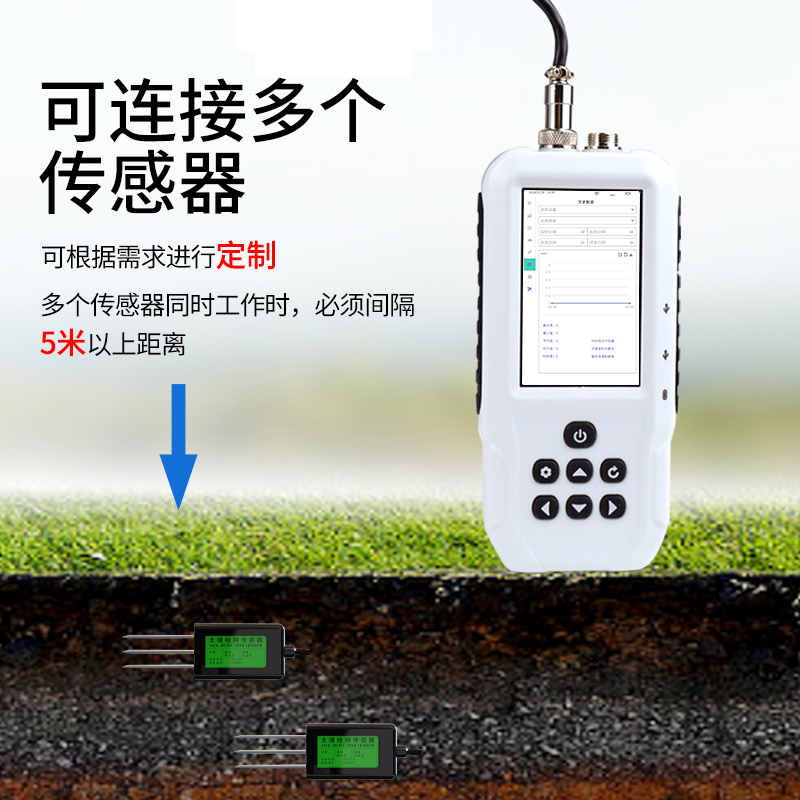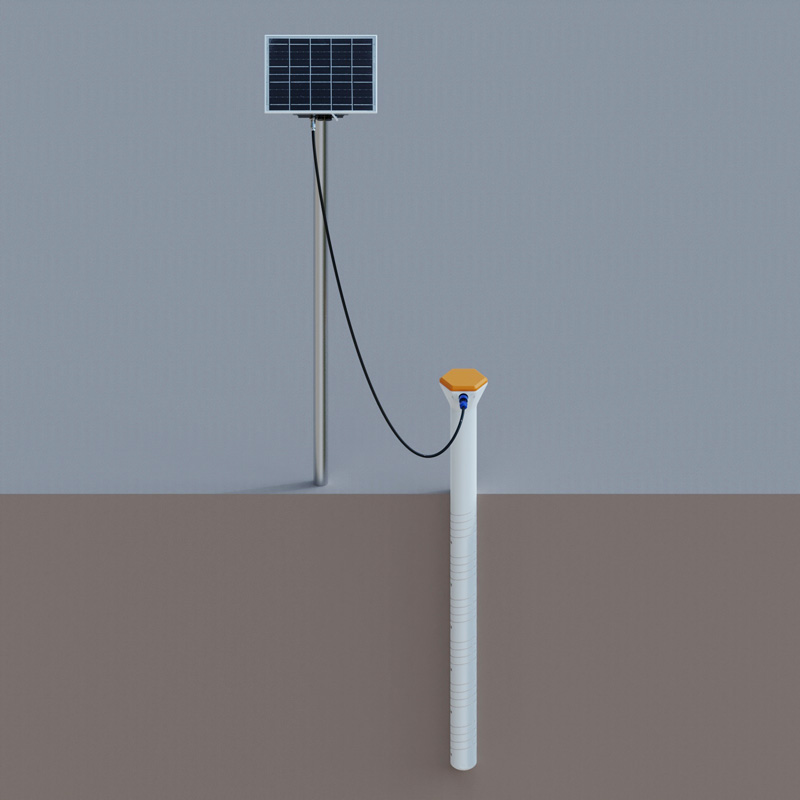The soil pH value is one of the key indicators for measuring the health status of the soil. The magnitude of its value directly determines the existing forms and effectiveness of various nutrients in the soil, thus affecting the growth and development of crops. For example, in acidic soil, the solubility of elements such as iron and aluminum increases, which may be toxic to plants; while in alkaline soil, the effectiveness of elements such as phosphorus and iron decreases, leading to nutrient deficiencies in plants. An appropriate pH value can optimize the activities of soil microorganisms, promote the reproduction of beneficial bacteria groups, and help plants absorb nutrients better. Therefore, accurately mastering the soil pH value is the key to achieving scientific planting and efficient agricultural production.
The traditional methods for measuring soil pH include the pH test paper method and the indicator method. In the pH test paper method, the soil leachate is dropped onto the pH test paper, and the pH value is obtained by comparing it with the standard colorimetric card. The indicator method involves adding an acid-base indicator to the soil leachate and judging the acidity and alkalinity according to the color change. However, both of these methods have problems such as low accuracy and being easily affected by human factors.
With the development of technology, the Soil pH tester has become a new choice for efficient detection. The FT-TP1 Soil pH tester adopts an integrated design, integrating a pH electrode, a data processing module, and a display screen. Without the need for complex sample pretreatment, by directly inserting the instrument into the soil, the measurement result can be quickly obtained. The high-precision combined pH electrode it is equipped with has a measurement range of 0-14 and a measurement accuracy of ±0.1pH, which can accurately determine the acidity and alkalinity of various soils.
The FT-TP1 has practical data management functions and can store multiple groups of measurement data, which is convenient for users to conduct long-term monitoring and comparative analysis. Its built-in rechargeable lithium battery can meet the needs of long-term field operations.

This paper addresses:https://fengtusz.com/industry/721.html









